Utah juniper, Juniperous osteosperma, is a desert tree or shrub found throughout the southwest. The Utah can survive extreme heat with very little water and live for hundreds of years. In particularly dry years they sacrifice branches to conserve moisture. When further stressed by wind or inhospitable soil, Utah junipers twist and bend as they grow, taking on fantastic shapes.
All of this makes for good bonsai material, which is why Konnor and I recently wandered through the desert for a weekend near Moab, Utah. We weren’t disappointed.

Large Utah juniper with great movement
While the monster above was one of the craziest we found, we discovered many large Utah’s with good movement.
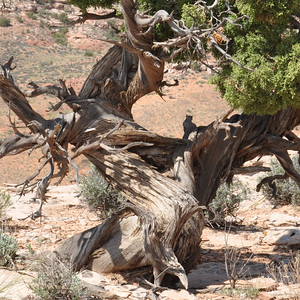
Large Utah juniper
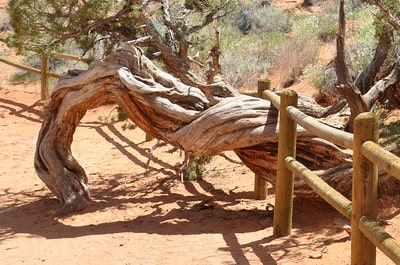
Trunk of very large Utah juniper
The tree above turned upright to the right of this image and grew to almost four meters. You can find it in Arches National Park a few minutes in from the trailhead at Devil’s Garden. Unlike most of the junipers we saw, this one had a sinuous movement that reminded me of Sierra juniper.
The tree below grows in an exposed area on the edge of a low sandstone bluff. Together the tree’s growth habit and its precise location made for some great twists. The details are worth bearing in mind the next time one sets out with carving tools.
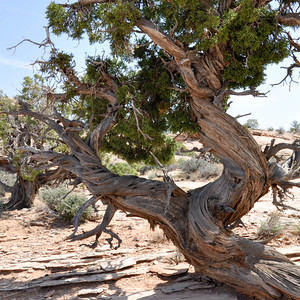
Utah juniper with deadwood
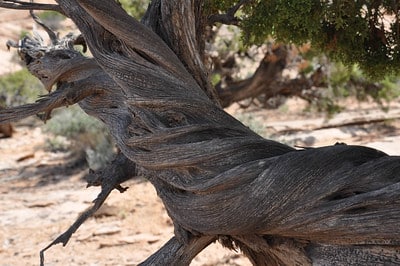
Deadwood detail
In appearance the Utah is very similar to the California juniper (Juniperous californica), but with subtle differences. Utah juniper bonsai strike me as being hardier than California juniper bonsai; their foliage, slightly more compact; and their deadwood, harder and less termite-ridden. It’s possible, however, that these differences say more about the individual trees I’ve seen than they do about how the two varieties grow.
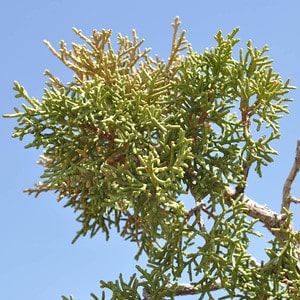
Utah juniper foliage
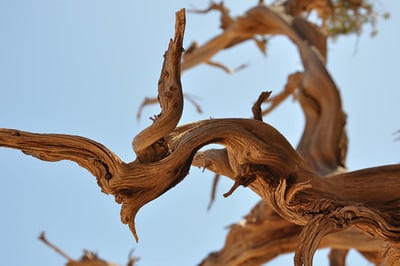
Utah juniper deadwood
On average, Utah junipers reach two to five meters depending on soil and water conditions. That can make finding bonsai-sized Utahs a challenge. When we did find modestly-sized trees, most had straight or otherwise uninteresting trunks. Below are a few that caught our attention.

Medium-sized Utah juniper
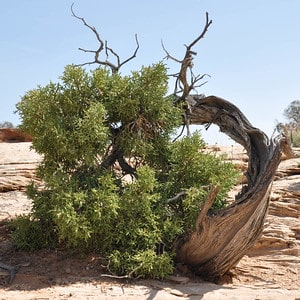
Large Utah juniper
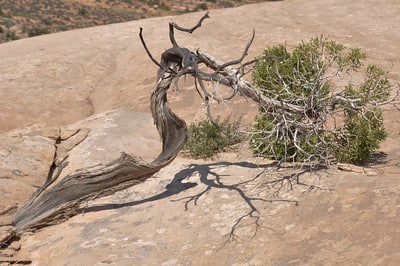
Long and delicate Utah juniper
Some trees were devoid of all potential as they were dead. Less than 12 months ago the tree below would have made an excellent medium-sized bonsai.

Dead Utah juniper
My favorite, however, was the tree below. Both bird-like and dragon-like, it was perched on the sandstone with no attached roots as if it were en route to some adventure just out of sight.

Artistic deadwood
Subscribe to Bonsai Tonight
New Posts Delivered Every Tuesday and Friday
Casey says
Hi, I am from Utah and in my second year of bonsai. I realize that collecting isnt a beginners game, and have shied away from too much of it this year, but hope to in the future as I learn more. I am wondering if you have collected in Utah, and what the process you went through was to get permits for public land, or if you only collect on private land?
thanks
-casey
xwires says
Hi Casey – good question. I’ve scouted trees in Utah but haven’t collected any. I’d suggest contacting other bonsai organizations in the state as they might have good advice on the topic. I know there are one or two active groups around Salt Lake City – that might be a good place to start.